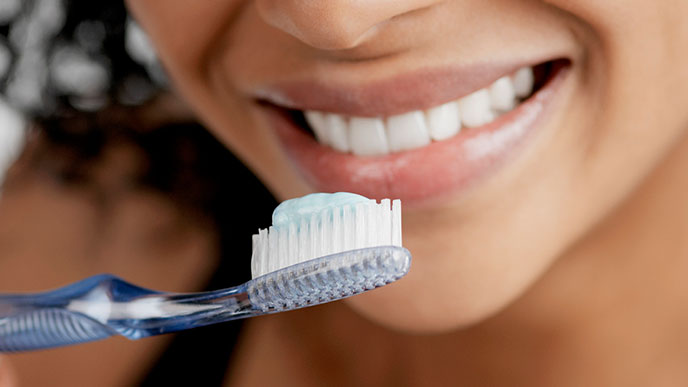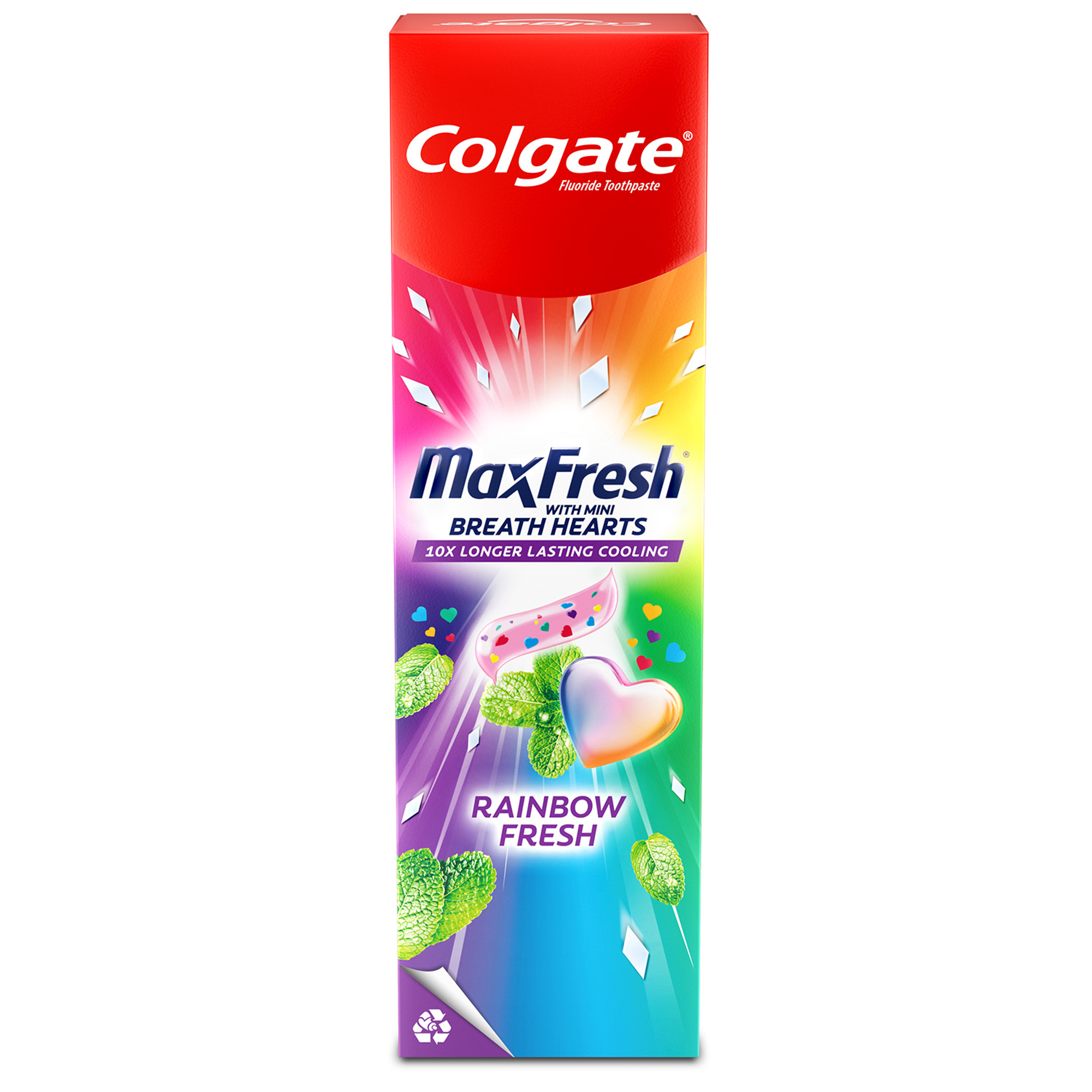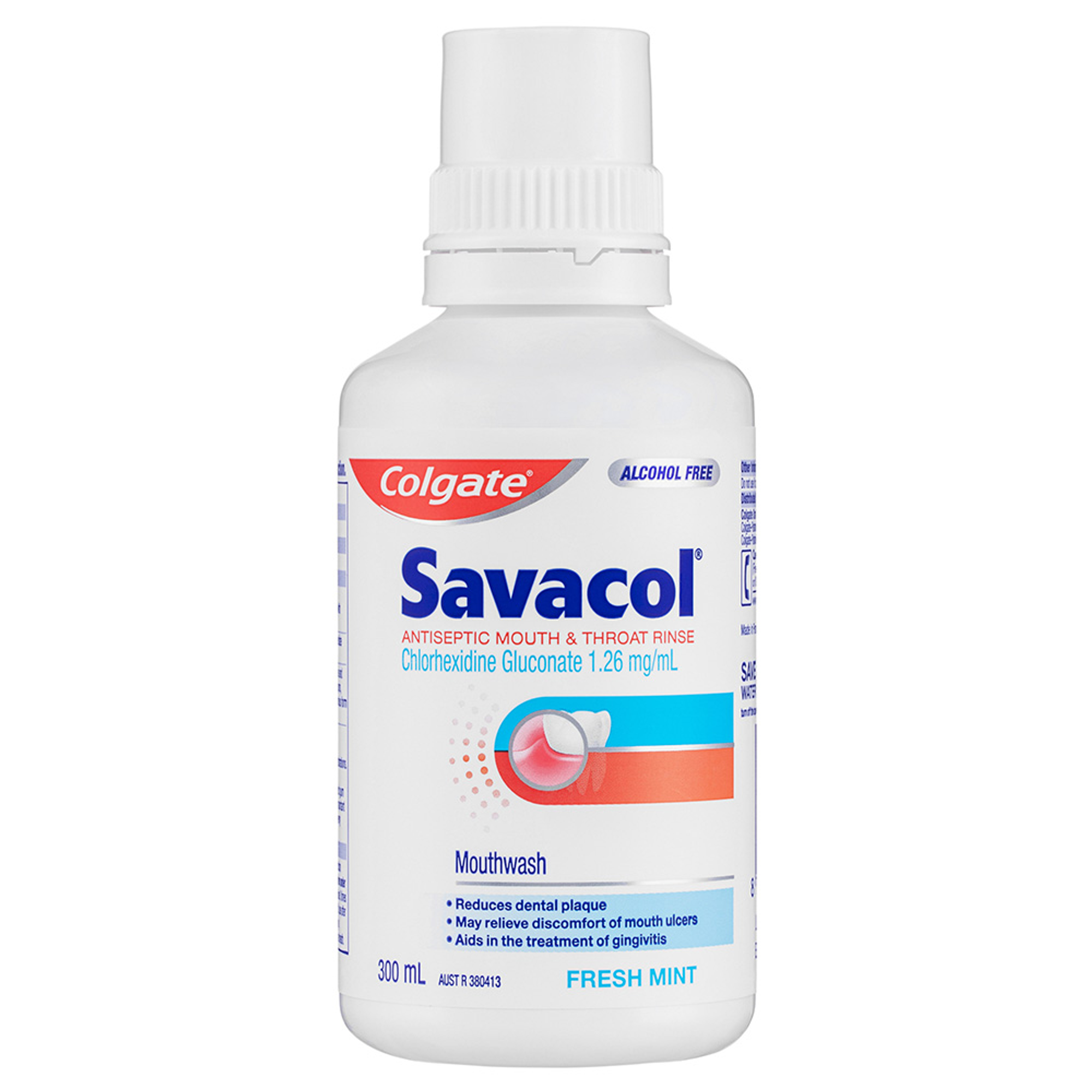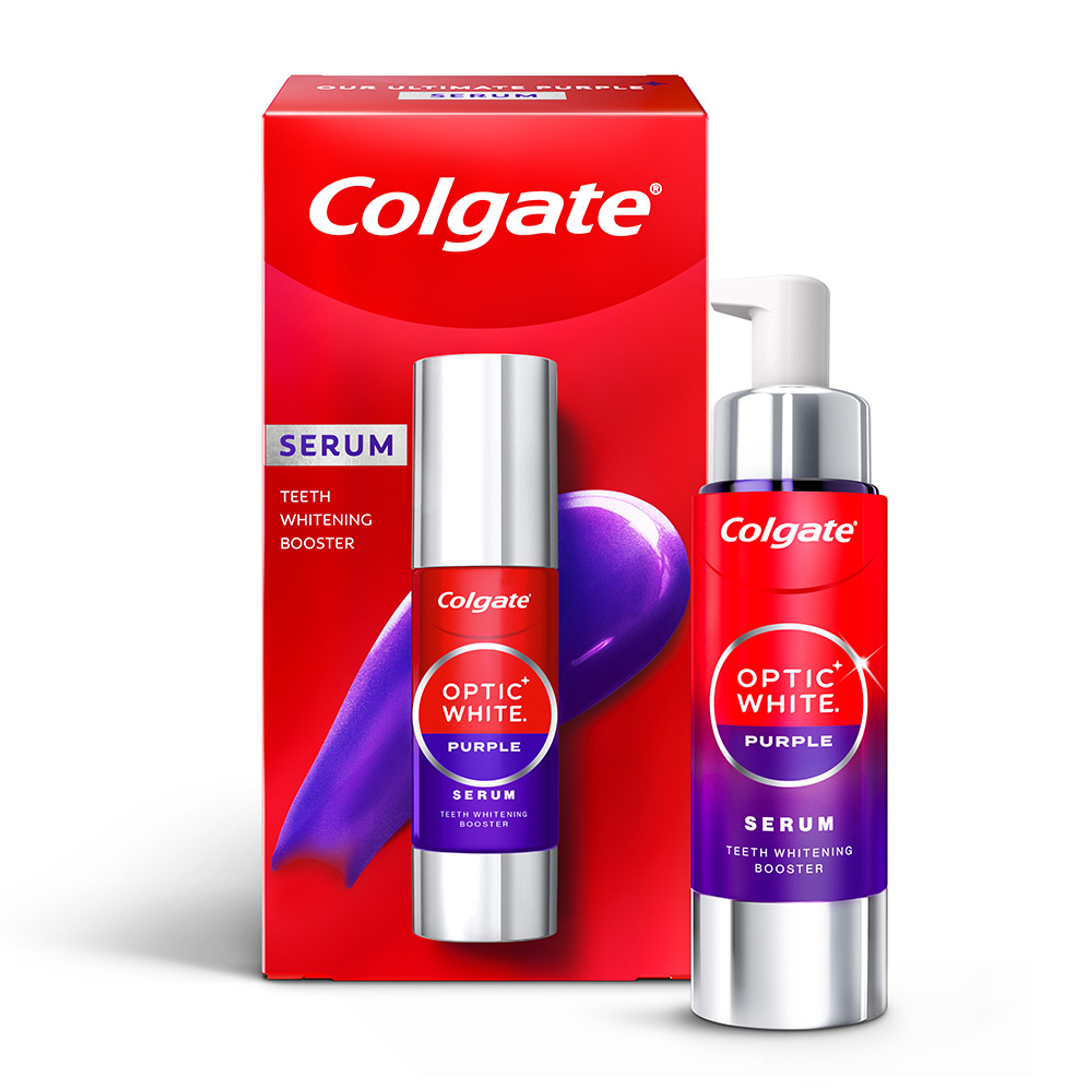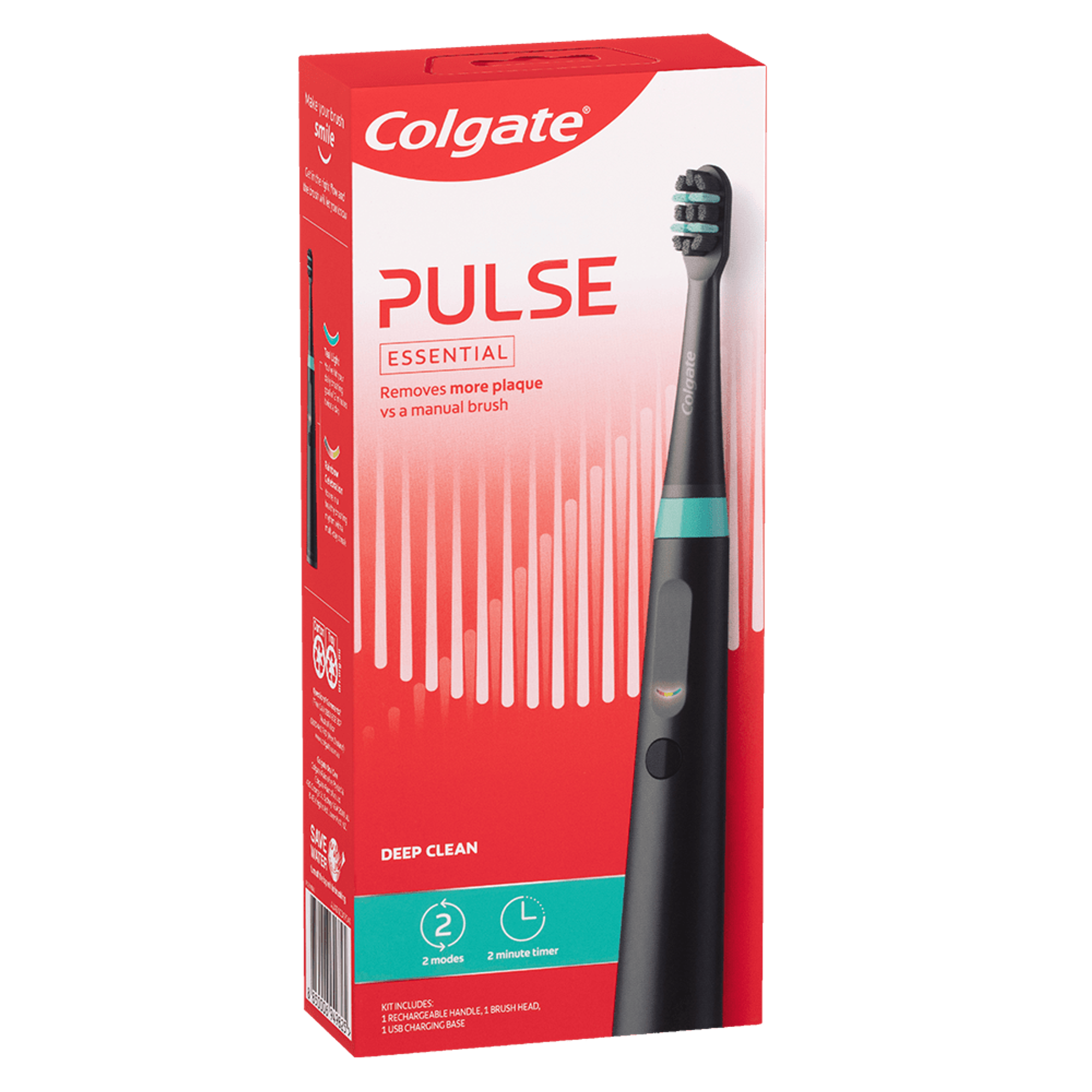Your mouth, or oral cavity, is made of many components that work together so that you can breathe, speak, eat and digest food. Once you understand how these parts of your mouth work and affect your general health, the significance of oral care takes on a whole new meaning! Let’s take a look at what these parts do for you.
Lips and cheeks
Your lips and cheeks are made up of muscles that not only give you the ability to pucker up for a kiss but also help shape your facial expressions – both happy and sad. Lips allow air into your mouth for breathing and, together with your cheeks, help you to speak. They also keep food and saliva in your mouth while chewing. Ultimately, these strong muscles guide and keep your teeth in their proper positions.
Tongue
The tongue is a powerful muscle that facilitates chewing, swallowing, speaking and tasting food. We have taste buds (which are sensory receptors) located on our tongue. Taste buds help with our sense of smell and allow us to taste and enjoy the food we eat, states Better Health Channel. We have about 9,000 taste buds on our tongue and other areas of our mouth, allowing us to detect sweet, salty, bitter and savoury flavours.
Teeth, gums and alveolar bone
Your teeth have a hard enamel crown, and roots that anchor your teeth into the jaw bone. The alveolar bone surrounds the roots to stabilise the teeth in your mouth, while gum tissue also holds your teeth in place and protects the roots from decay. The primary function of your teeth is to tear and chew food so you can adequately digest it. However, teeth also give your face its shape and help you pronounce certain sounds (and aesthetically, they make for beautiful smiles).
Salivary glands
You have six major salivary glands that produce approximately 1.5 L of the clear liquid known as saliva. Mostly made of water, saliva also contains substances that break down food to begin the digestive process. Saliva moistens your mouth so that you can easily speak, chew and swallow. It washes sugar from your mouth to the stomach (diminishing the damaging effect of acid made by bacteria from sugar metabolism), fights bacteria and reverses the early stages of tooth decay, according to Better Health Channel.
Temporomandibular joints
Your temporomandibular joints (TMJ) acts like a sliding hinge. They help with a variety of movements: opening and closing your mouth, moving your lower jaw forward and side to side, chewing, speaking and swallowing. These two joints, according to healthdirect, are located on both sides of your head (in front of each ear). They work together with your jaw bone, facial muscles and ligaments. Any disruption in the synchronisation of this pair – like arthritis or grinding your teeth – can result in facial pain, difficulty in chewing and other hindrances to normal jaw movement.
Keeping your oral cavity healthy
Your oral hygiene routine should keep all parts of your mouth healthy. This includes brushing your teeth twice a day, using fluoride toothpaste and – just as importantly – flossing your teeth. To keep those taste buds sharp, brush your tongue regularly as well. Rinsing with an antimicrobial mouthwash can also kill bacteria and fight the germs that cause bad breath.
Avoid tobacco products and limit sugars and carbohydrates that lead to decay. These habits will benefit your health in many ways - in addition to keeping your mouth clean.
Schedule regular dental examinations and professional cleaning, as home cleaning cannot completely remove all of the tartar and plaque that accumulates. Also, during your exam, your dental professional will perform an oral cancer screening, checking every area of your mouth for signs of disease. Bonus: your professional teeth cleaning will have you enjoying the benefits of a brighter, whiter smile.
Although pretty teeth are a nice asset, a healthy mouth is far more important. With all parts of your mouth in good working order, you won’t just help to ensure good dental health, but a healthy body, too.
This article is intended to promote understanding of and knowledge about general oral health topics. It is not intended to be a substitute for professional advice, diagnosis or treatment. Always seek the advice of your dentist or other qualified healthcare provider with any questions you may have regarding a medical condition or treatment.






